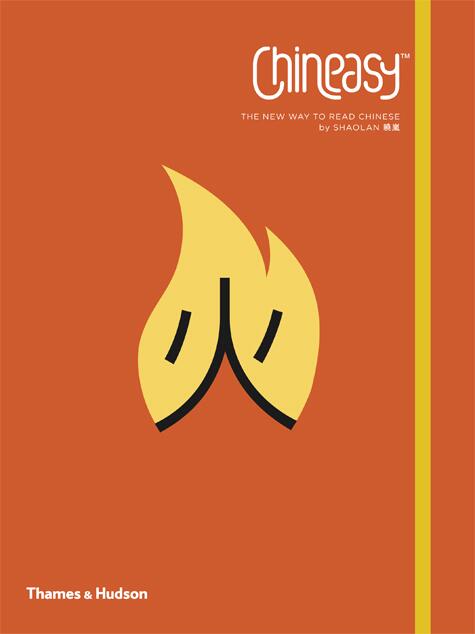 Chineasy: The New Way to Read Chinese by Shaolan Hsueh
Chineasy: The New Way to Read Chinese by Shaolan Hsueh
My rating: 4 of 5 stars
There are very few beautiful language learning tools out there. This is one of them.
The myth of Chinese language is nearly always the same: the learning process is arduous, the speech itself – shrouded in mystery and unforgiving for beginners. This does not help learners or teachers. And in the long run, this stereotypical image becomes a self-fulfilling prophecy: you’re not learning Chinese because it’s hard, and when it shows up in your life, it’s hard because you haven’t learned it. Shaolan Hsueh resists this narrative with a story of her own – a perfectly and beautifully crafted narrative in which learning Chinese is placed within a well-designed, friendly and attractive context. If it was Chineasy‘s only merit, this alone would make the book worth buying.
Fortunately, there’s more. The book is just about the prettiest language learning publication I’ve come in contact with – and if you know me, you know that means an awful lot! Everything about it – the cover, the font, the layout – denotes good and meticulous work on the little details that matter. The team seems to have realized that it’s the little things that make a language palatable or somehow unbearable – and everything seems to be obsessively planned to achieve a nice effect.
The illustrations for the basic characters – called “building blocks” in Chineasy philosophy – would always be the mainstay of the entire concept. If the design worked, it would make users want more – it would help them remember better – and recognize the symbols / phrases in real life. I’m happy to say that 9 times out of 10, this has been achieved. You want to interrupt everyone around you just to tell them “look at the symbol for sheep, just look at it, it looks like a bloody sheep!” – you want to come back to the book to browse again, and to learn more – and the creative strain within you wants to recreate the symbols as best it can. Well done here.
It’s good, also, that the book plays to its strengths. It would never be a panaceum for Chinese learners. It would fail as a complete guide to all the important phrases and words. The book does what it’s supposed to do: it draws you in and tells you a story about the language. There are plenty of cultural references, there’s commentary, some historical background as well. You don’t see exactly how the entirety of the language works today – but you see, in a glimpse, how it came to be that way.
It’s far from perfect, of course. The approach will not help you “hack” the language in the most effective way. The book won’t guide you through all the phrases in survival Chinese courses. And although it contains a useful index and lists the basic blocks clearly, I doubt whether these phrases are the first ones you absolutely, positively need to learn.
But it’s still too early to decide where Chineasy will go next. Shaolan Shueh is a person with a plan. And throughout her campaign – in TED talks, Kickstarter campaigns, video lessons – she has been consistently doing her thing: making Chinese look easy and beautiful; making people come back for more. This makes sense in business, and crucially, in language learning too.
View all my reviews
Wiktor (Vic) Kostrzewski (MA, DELTA) is an author, translator, editor and project manage based in London. When he works, he thinks about languages, education, books, EdTech and teachers. When he doesn’t work, he probably trains for his next triathlon or drinks his next coffee.
BRAVE Learning (formerly known as 16 Kinds) is a lifelong learning and productivity blog. If you enjoy these posts, please check out one of my books and courses.
My recent publications, and my archive, is now all available on my new project: PUNK LEARNING. Hope to see you there!




